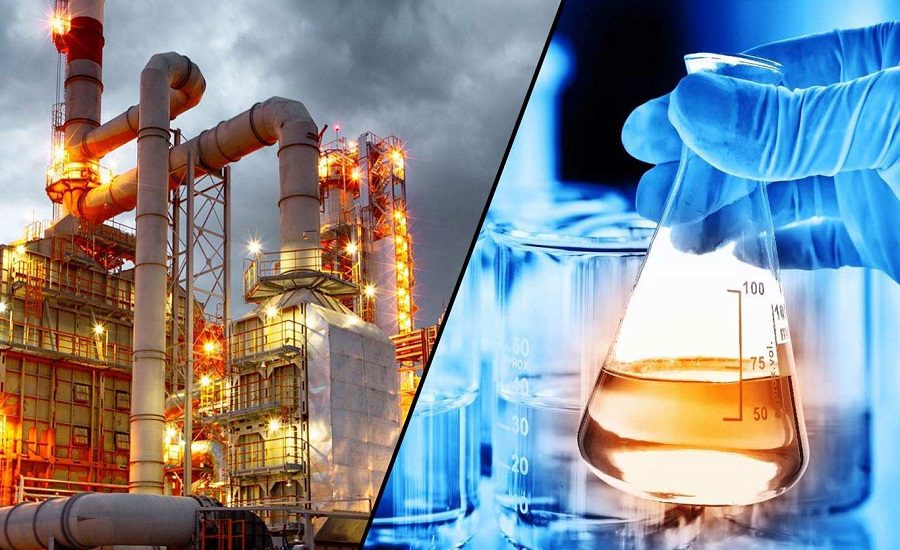New Delhi, — In a bold move to elevate India’s chemical industry onto the global stage, NITI Aayog has unveiled a comprehensive reform strategy aiming to transform the sector into a $1 trillion powerhouse by 2040. The report, titled “Chemical Industry: Powering India’s Participation in Global Value Chains,” outlines sweeping fiscal, infrastructural, and regulatory interventions designed to reduce import dependence and enhance global competitiveness.
The plan proposes a structured mix of financial incentives, port-based chemical hubs, R&D support, faster environmental clearances, and an aggressive push on skilling, aiming to double chemical production by 2030 and eliminate India’s $31 billion trade deficit in the sector.
Read Also: NITI Aayog Unveils ‘India’s Data Imperative’ Report: Pushes for Robust Data Quality to Boost Digital Governance
Key Strategic Highlights:
- Operational Expenditure Support Scheme:
A proposed incentive mechanism will provide financial support for incremental domestic chemical production. Selection will be based on strategic criteria such as import substitution potential, export prospects, end-use market relevance, and vulnerability due to over-dependence on single-source countries. - Infrastructure Expansion:
NITI Aayog has recommended the creation of world-class chemical hubs governed by empowered committees, alongside a major upgrade to port infrastructure. These enhancements are designed to ease logistics, improve connectivity, and facilitate smoother trade flows. - R&D and Innovation Push:
The report stresses increased investment in research and development to foster self-reliance, technological innovation, and transition toward green and specialty chemicals—areas where India has significant untapped potential. - Regulatory Streamlining:
A key bottleneck—slow environmental clearances—has been addressed in the recommendations. The report advocates for faster, more transparent project approvals to reduce delays and increase investor confidence. - Trade Policy Reforms:
NITI Aayog has urged the inclusion of sector-specific needs in all upcoming free trade agreements (FTAs). The goal is to ensure that tariff structures, input access, and origin rules directly benefit domestic chemical players.
Read Also: NITI Aayog Urges Fiscal Push, Auto Clusters to Boost India’s Role in Global Auto Market
Skilling and Employment Generation:
With the chemical sector expected to expand rapidly, the report calls for comprehensive workforce development programs. These will address current skill shortages and prepare an estimated 700,000 skilled professionals needed by 2040.
Targets & Outcomes by 2030 and Beyond:
- Chemical production capacity to double.
- $31 billion trade deficit (as of 2023) to be eliminated by 2030.
- $35–40 billion in new chemical exports to be added.
- India’s GVC share to rise to 5–6% by 2030, and 12% by 2040.
- 700,000 new jobs to be created in the sector.
A Strategic Pivot
This initiative is seen as part of India’s broader goal to become a key player in global manufacturing and supply chains. With rising global diversification from China, the Indian government is seizing the opportunity to expand in specialty and green chemicals, areas of rising global demand.
Experts say the roadmap—if implemented effectively—could significantly reposition India in the global chemical landscape while boosting self-reliance, economic growth, and employment.



























